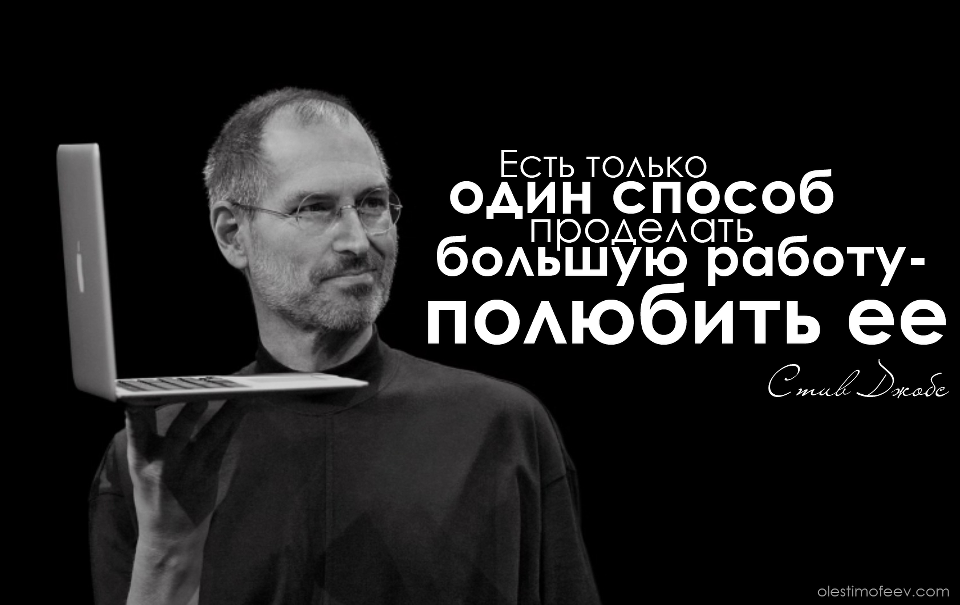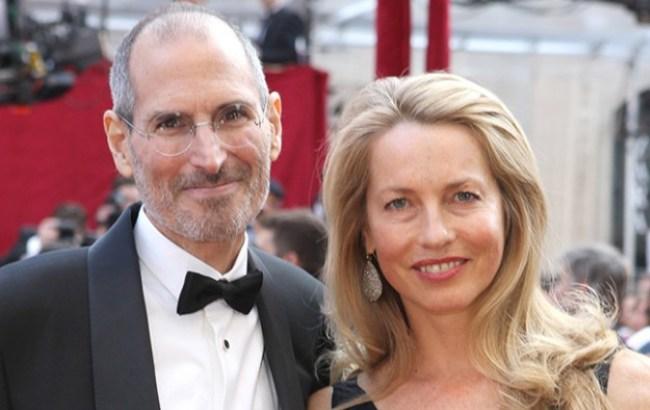Life path
American entrepreneur, founder and head of the Apple computer empire, Steve Jobs received public recognition and a number of awards for his influence on the technology industry. He is often called the “father of the digital revolution.” He was also a talented administrator and brilliant speaker, taking innovative product presentations to the next level. Steven Paul “Steve” Jobs was born on February 24, 1955 in San Francisco (USA). Steve’s biological mother, unmarried graduate student Joanna Schieble, unable to feed the child, gave him to his adoptive parents – the childless couple Paul and Clara Jobs, making them promise that they would give the boy a good education. The Jobs couple kept their word – at the age of 17, Steve entered Reed College in Portland, but dropped out after the first semester. He explained this action by the fact that all his parents’ savings were spent on paying for college, but Steve himself did not understand what education would give him and whether he needed it at all. “It was one of the best decisions I’ve ever made in my life,” he later admitted. After leaving school, Jobs remained a free college student for another year and a half, handing over Coke bottles to buy food for himself and sleeping on the floor of his classmates’ dorm rooms. Then he returned to his homeland, where he met Stephen Wozniak, whom he had met several years earlier – at a summer job at Hewlett-Packard. That’s when the idea to create my own business arose. At that time, Woz and Jobs were both 20 years old. They started their business by manufacturing “blue boxes” – special devices that allowed them to make free calls over long distances. The “firm” was based in Jobs’s parents’ garage. The technical genius Wozniak and the born businessman Jobs complemented each other perfectly. The friends did not work on “blue boxes” for long; the next step was to assemble ready-made computers for sale. In 1976, they founded Apple Computer Co., starting with $1,300. The company’s first major order was to assemble 50 Apple I computers for a local electronics store. And six months later, Wozniak and Jobs completed the development of the Apple II, which became the first mass-produced personal computer in the world. There were investors who invested in the production of the Apple II, and at the end of 1980 the company reached the national level. Jobs’s net worth reached $200 million. He was 25 years old. The next great breakthrough in the computer field was the Macintosh project, which Jobs personally oversaw. For excessive impulsiveness and instability, he was removed from work on the company’s main project at that time – the Lisa computer. Then Jobs, driven by a rebellious spirit, gathered a small team of young engineers and, inspired by the idea of creating a computer that would be “easier to use than a toaster,” he developed and presented the Mac. The novelty blew up the market. And soon after that, Jobs was fired from Apple. He did not get along well with the new chief executive officer, John Sculley, whom he had personally persuaded a little earlier to move to Apple from Pepsi-Cola. The board of directors supported Sculley, and Jobs remained out of work. Jobs himself later said that this situation became a “catharsis” for him, pushing him to one of the most creative periods of his life. A few months later, the feeling of public failure and the desire to escape as far as possible gave way to the active Jobs’ decision to start all over again. Over the next five years, he founded two new companies, NeXT and Pixar, and met his future wife. Pixar subsequently became the most successful animation studio in the world. And in 1996, Apple, which was experiencing a crisis at that time, bought out NeXT. So Steve Jobs again joined the company’s board of directors and became the temporary (and later permanent) manager of Apple. In 2001, Apple introduced the world’s first iPod. Its sales literally a year later became the main source of income for the company. In 2006, the network multimedia player Apple TV was released. iPhone sales began in 2007, and in 2008 Jobs demonstrated the thinnest laptop in the world – the MacBook Air. On October 5, 2011, Steve Jobs passed away. He died at the age of 56 from pancreatic cancer in California (USA).
Some quotes






Steve Jobs’ contribution to world progress
Generated by artificial intelligence
Steve Jobs, the co-founder of Apple Inc., made significant contributions to the world of technology and business, influencing various aspects of modern life. Here are some key contributions:
Apple Inc.
Steve Jobs co-founded Apple in 1976 with Steve Wozniak and Ronald Wayne. Under Jobs’ leadership, Apple introduced groundbreaking products that revolutionized the technology industry. The Apple I and Apple II computers were early successes, but it was the Macintosh in 1984 that introduced the concept of a graphical user interface to a wider audience.
Macintosh and Graphic User Interface (GUI)
Jobs played a crucial role in the development of the Macintosh, which was the first commercially successful computer to feature a graphical user interface. This innovation made computers more accessible to the general public, paving the way for the widespread use of personal computers.
NeXT Computer
After leaving Apple in 1985, Jobs founded NeXT Computer. Although NeXT did not achieve commercial success, its technology and software laid the foundation for future developments, including the NeXTSTEP operating system, which eventually evolved into macOS.
Pixar Animation Studios
Jobs acquired The Graphics Group (later renamed Pixar) in 1986. Under his leadership, Pixar became a major player in the animation industry, producing groundbreaking films such as “Toy Story,” “Finding Nemo,” and “The Incredibles.” Jobs’ involvement with Pixar not only contributed to the entertainment industry but also financially benefited Apple when Disney acquired Pixar in 2006.
iMac, iPod, iPhone, and iPad
Upon his return to Apple in 1997, Jobs oversaw the development of iconic products that reshaped various industries. The iMac, iPod, iPhone, and iPad were instrumental in defining modern design, usability, and functionality in consumer electronics.
iTunes and App Store
Jobs played a key role in the creation of iTunes, a digital media player and online store, as well as the App Store, providing a platform for developers to distribute applications for the iPhone and later the iPad. These platforms transformed the way people access and consume digital content.
Design Philosophy
Jobs had a profound impact on the design philosophy of Apple products. He emphasized simplicity, elegance, and user-friendly interfaces. This design ethos extended beyond hardware to software and marketing, influencing the entire tech industry.
Legacy and Inspiration
Steve Jobs’ vision, innovation, and commitment to excellence left a lasting impact on the world of technology and entrepreneurship. His ability to anticipate and shape consumer preferences has continued to influence product development and design.
While Jobs faced criticism for his management style and business decisions, there is no denying his pivotal role in shaping the technology landscape and driving progress in the modern world.



